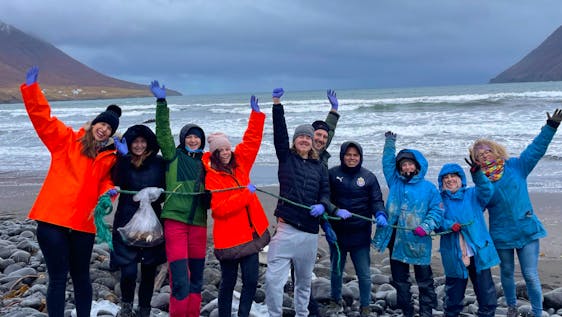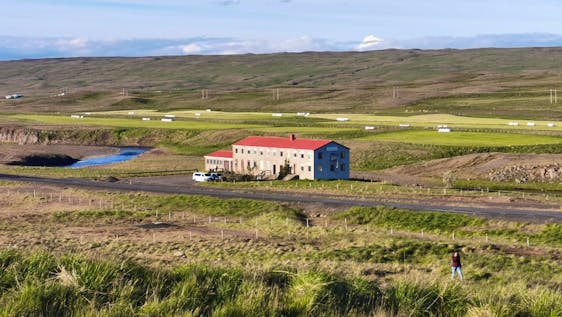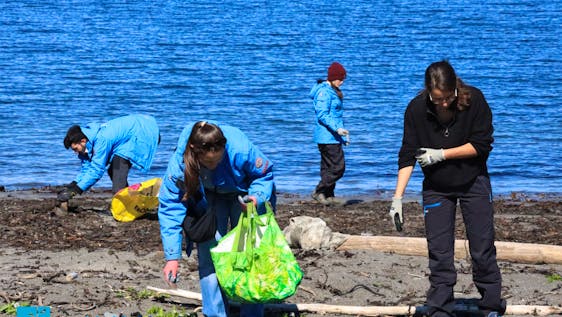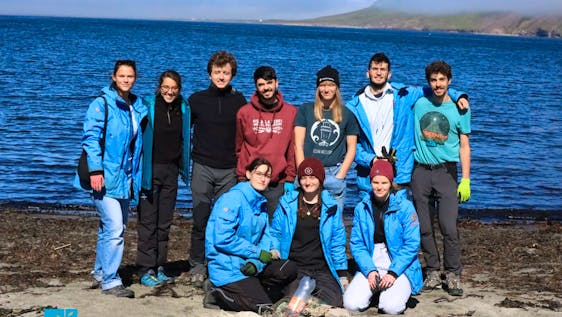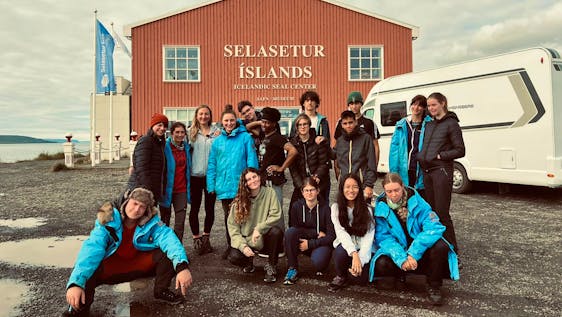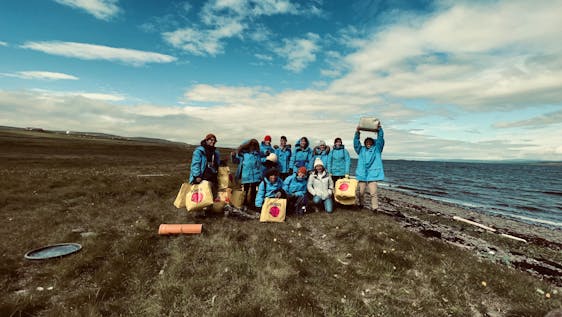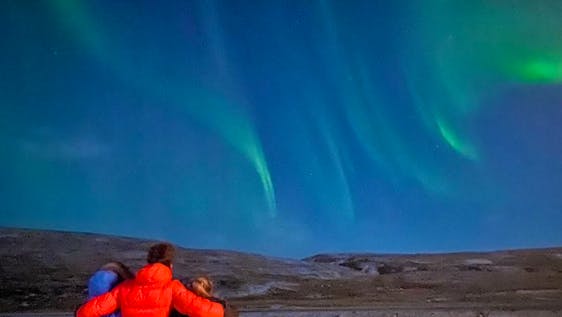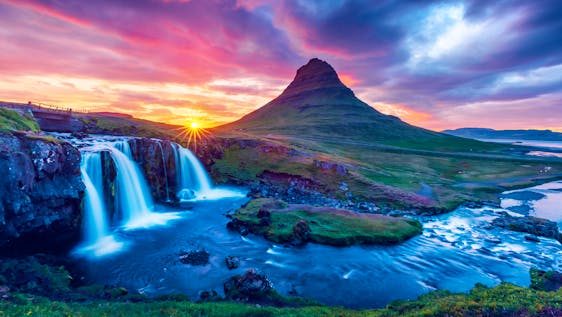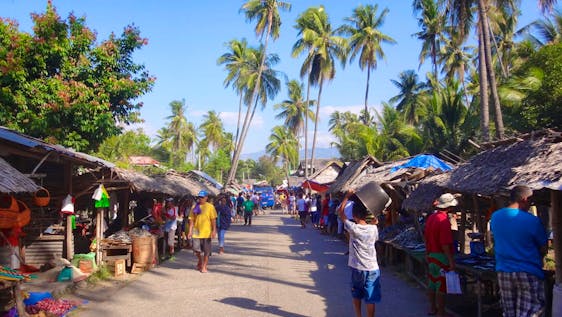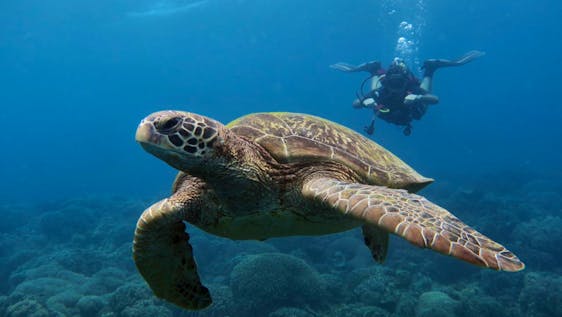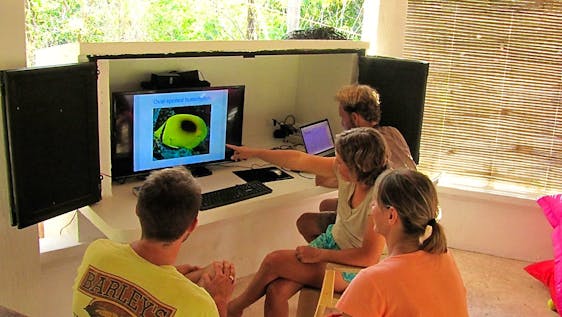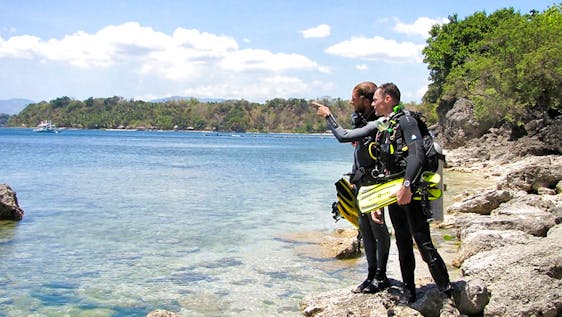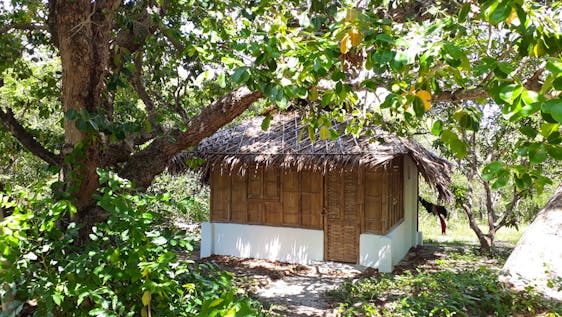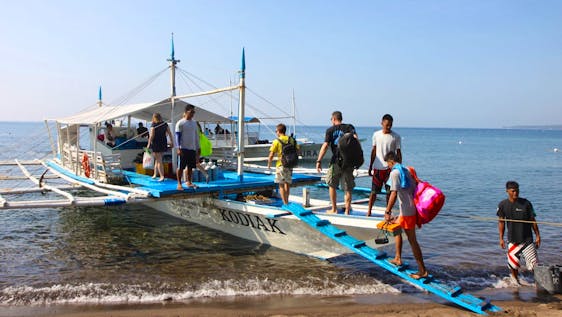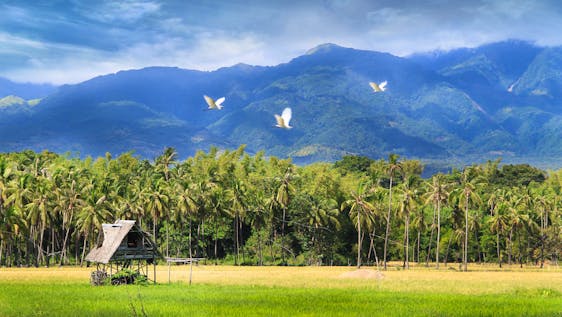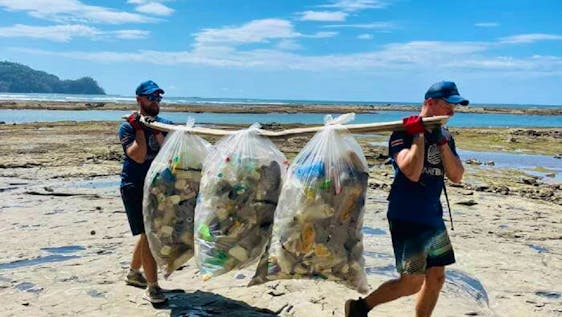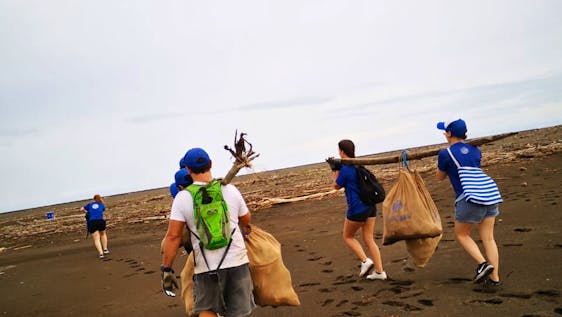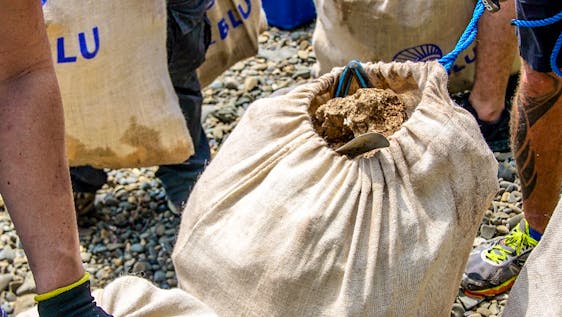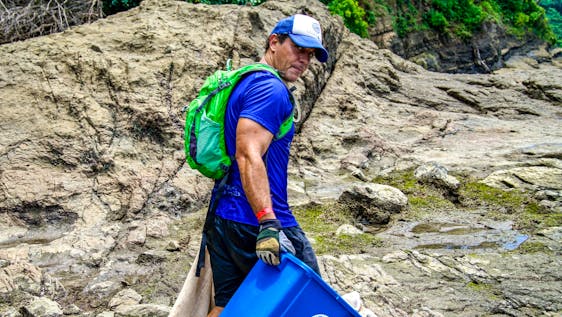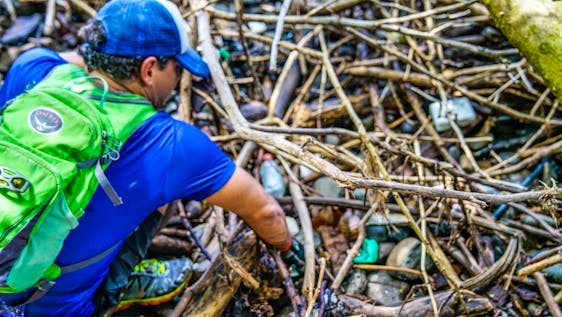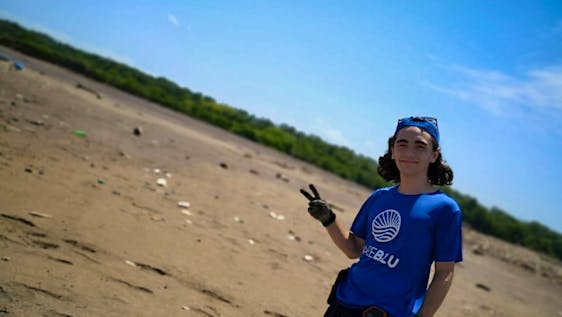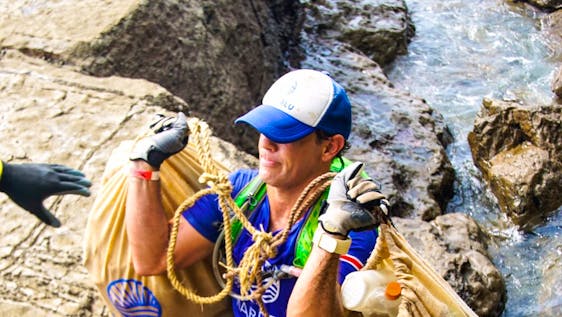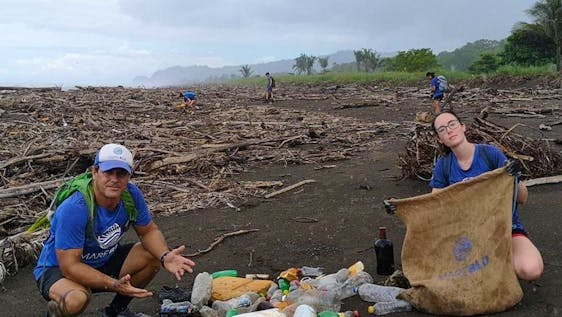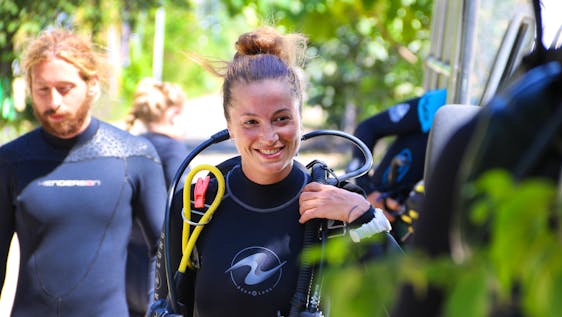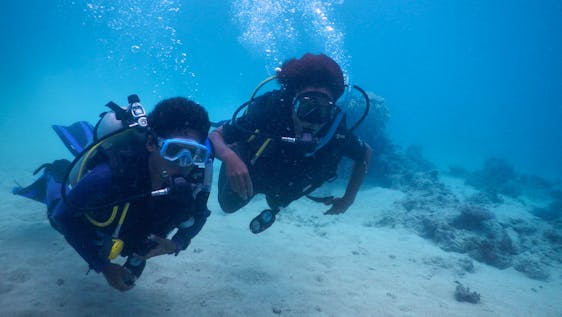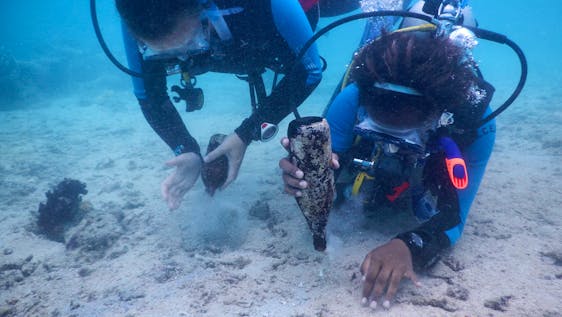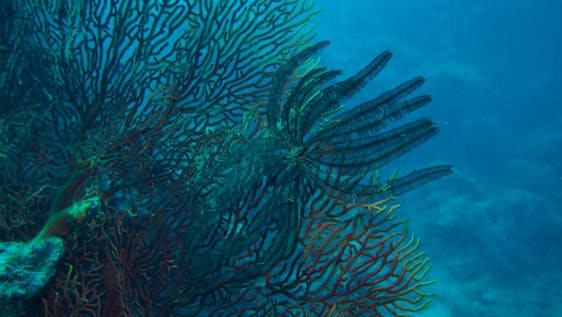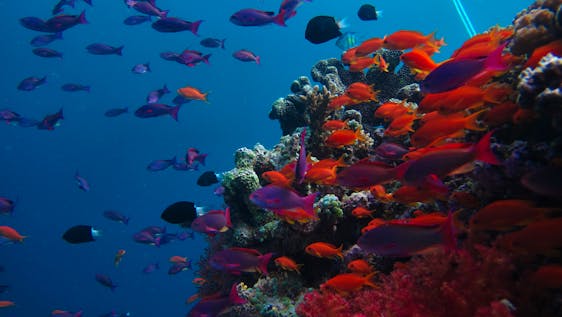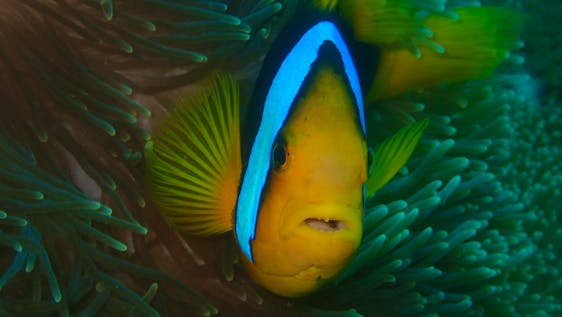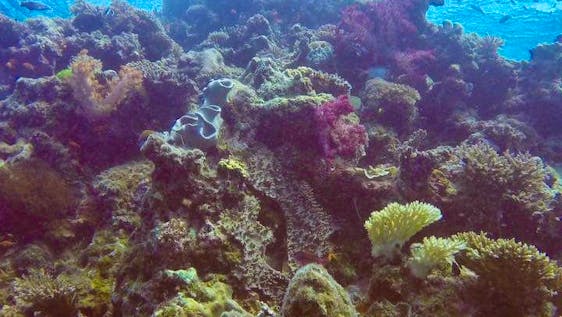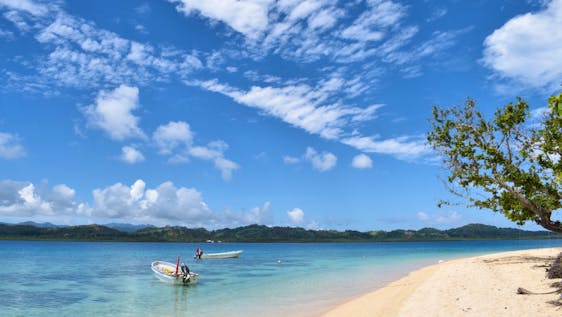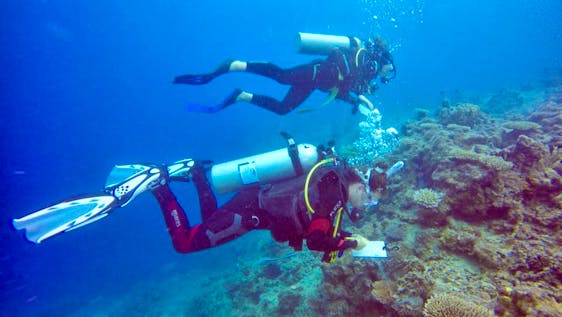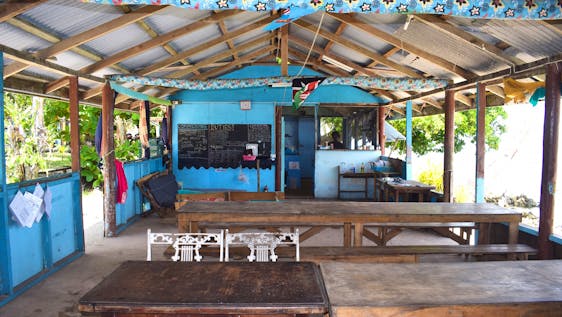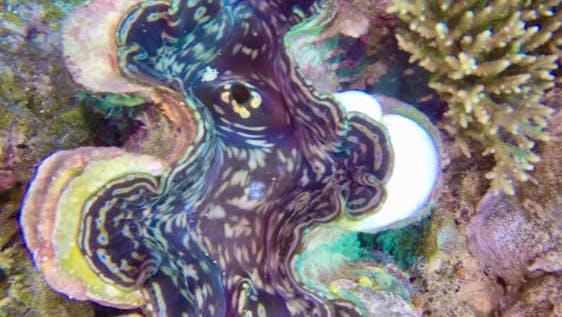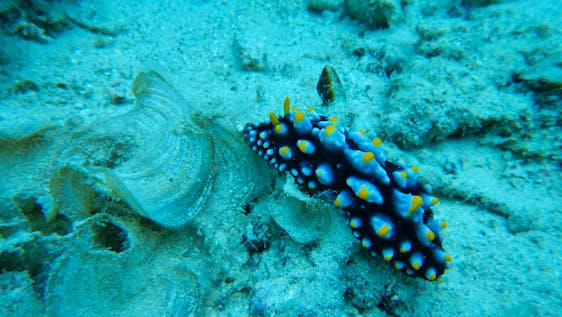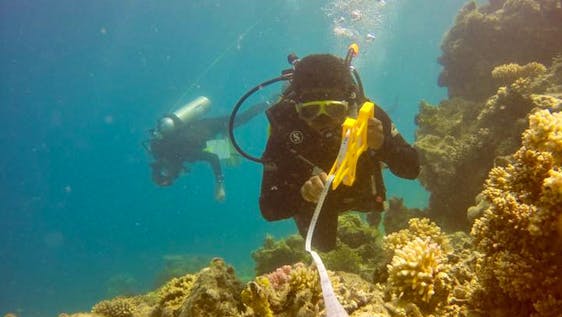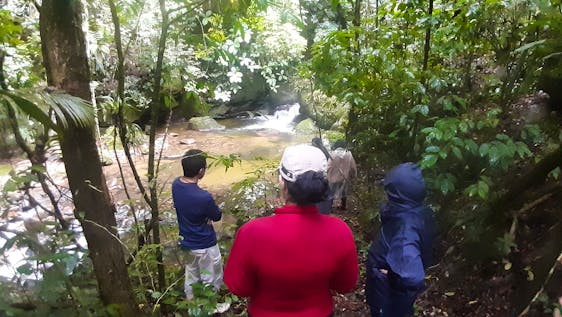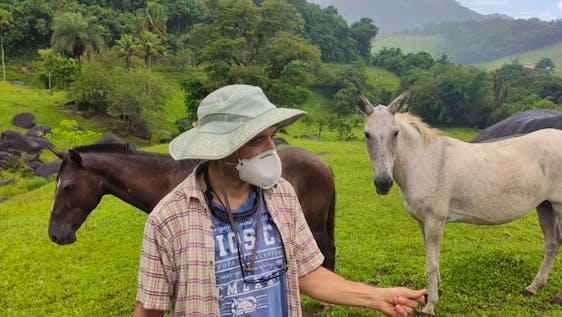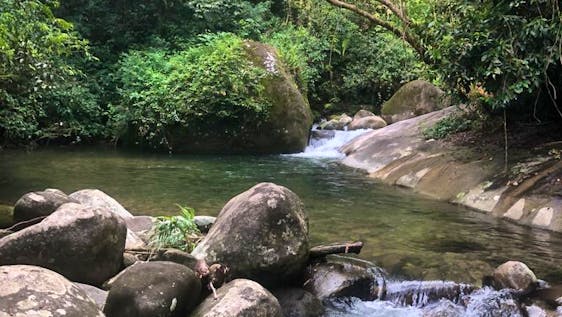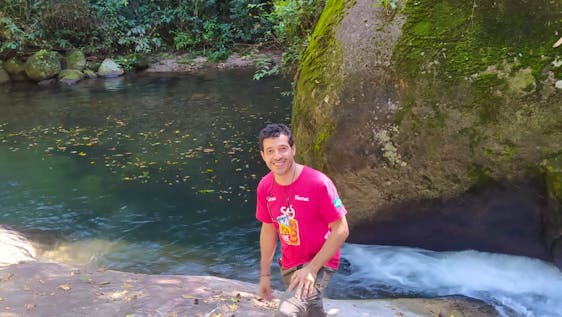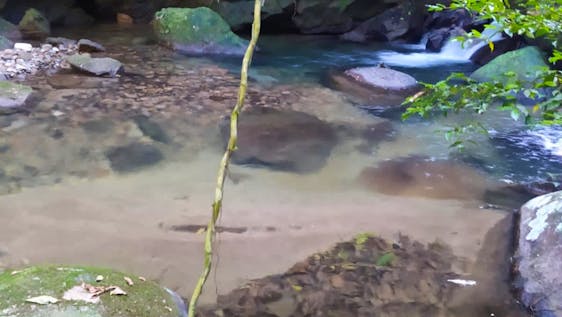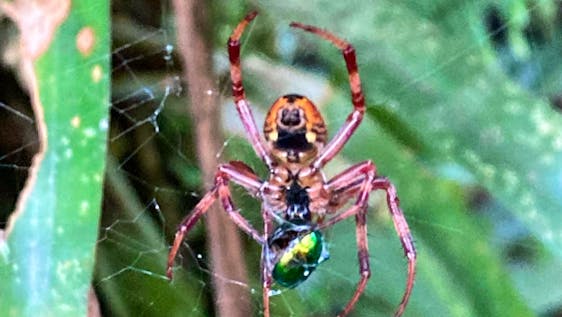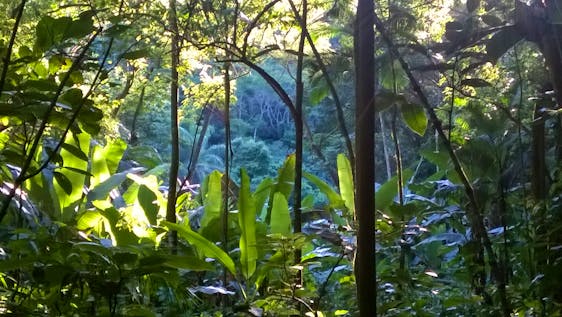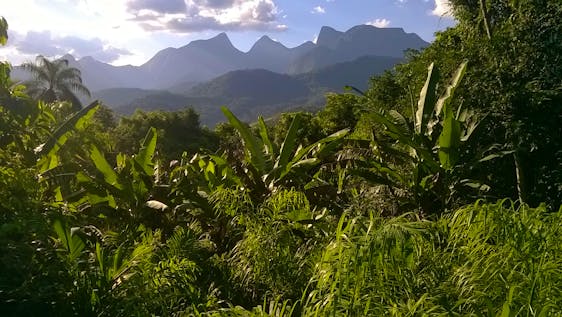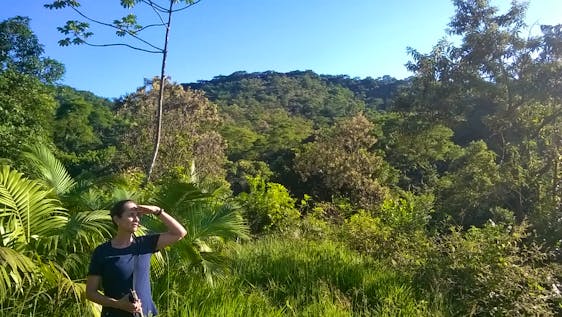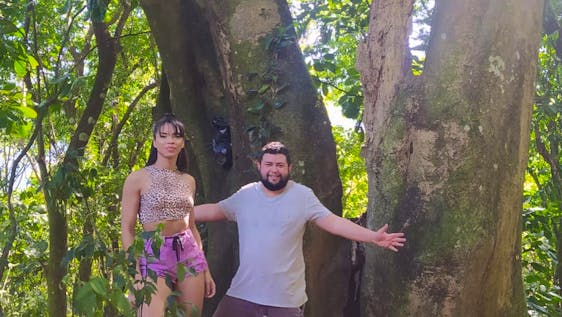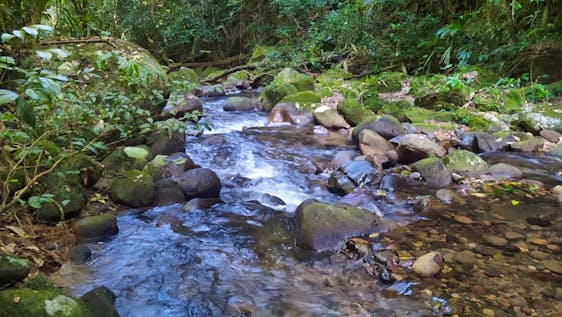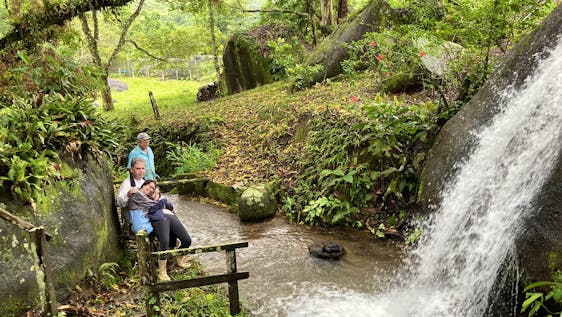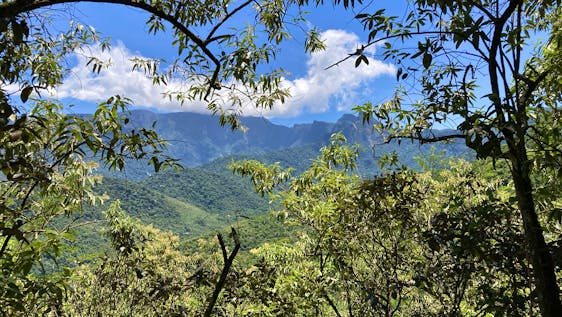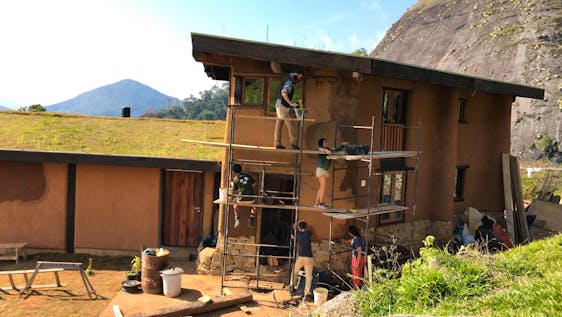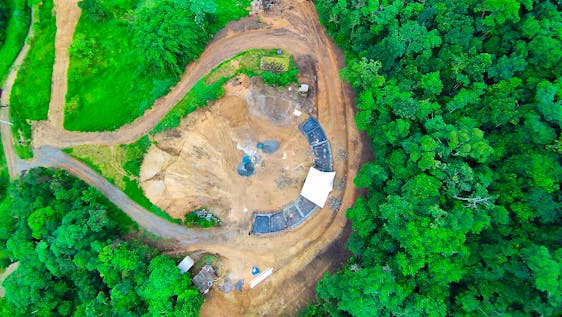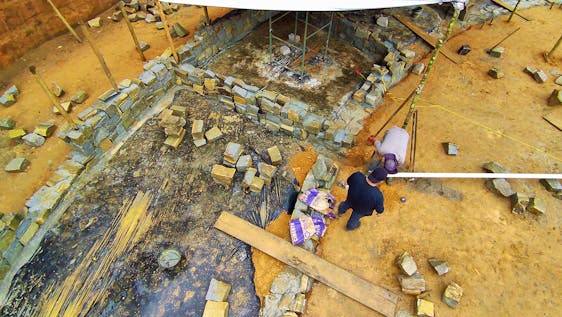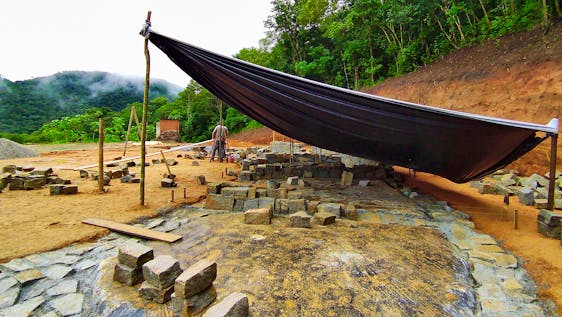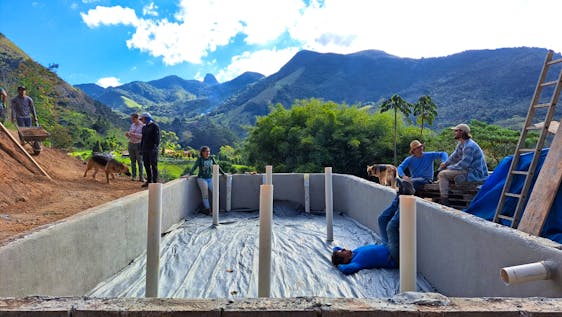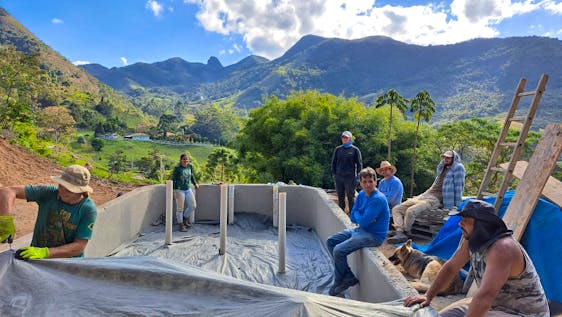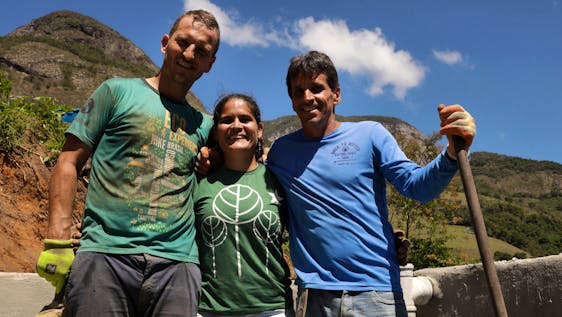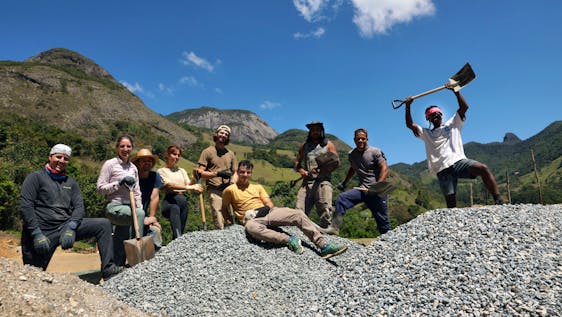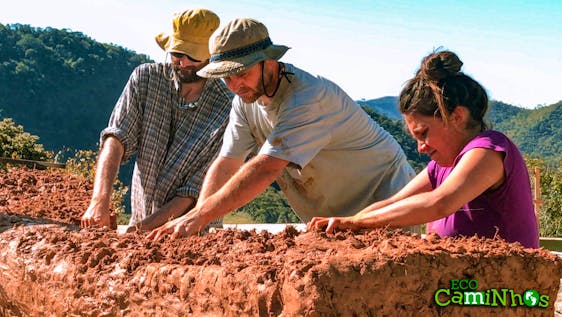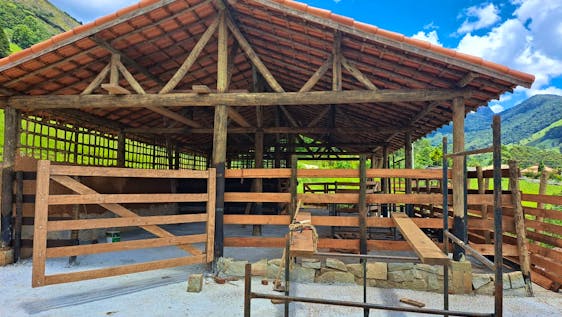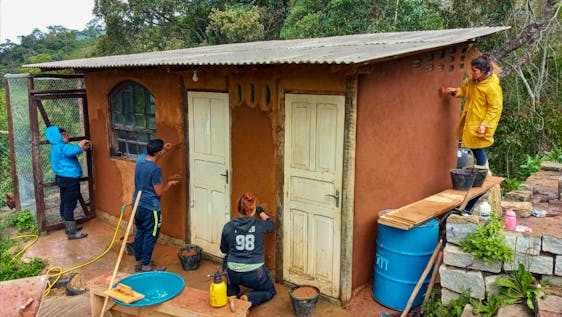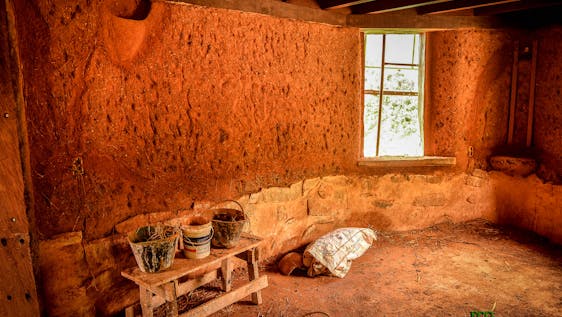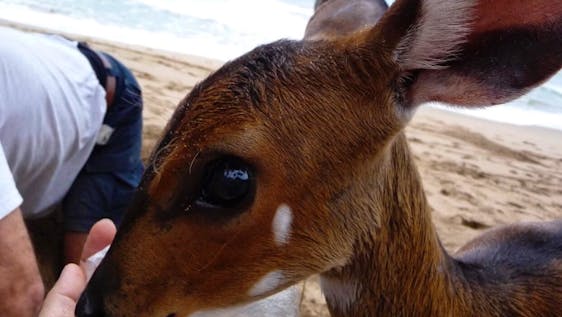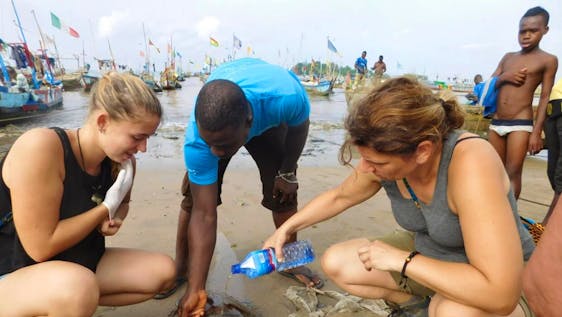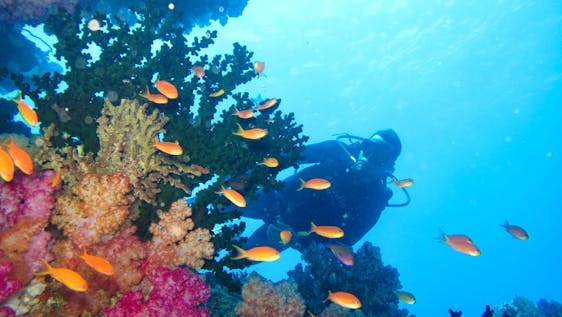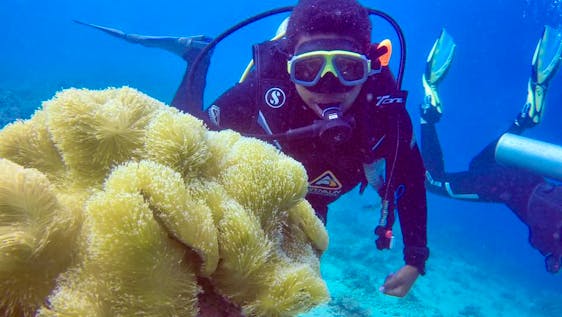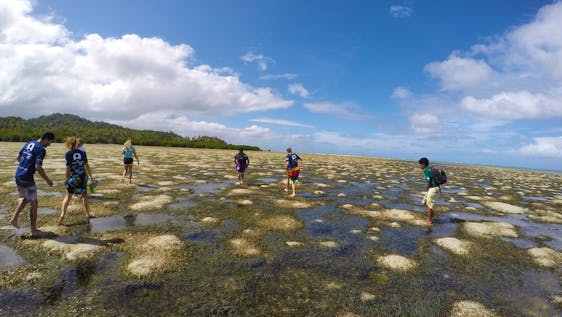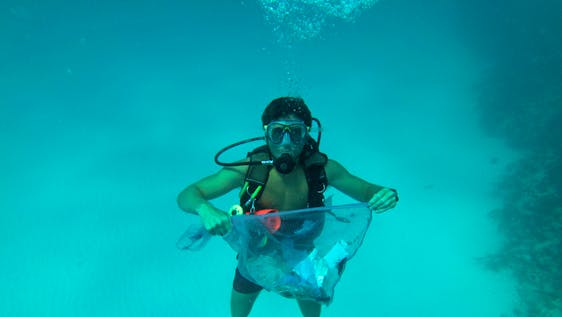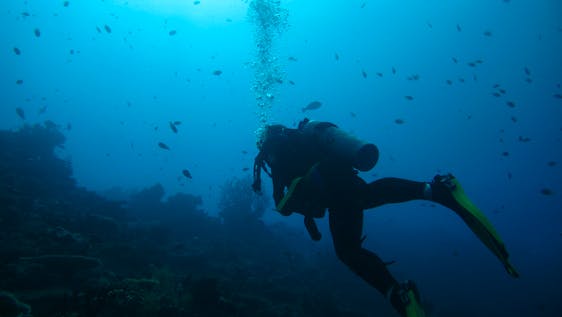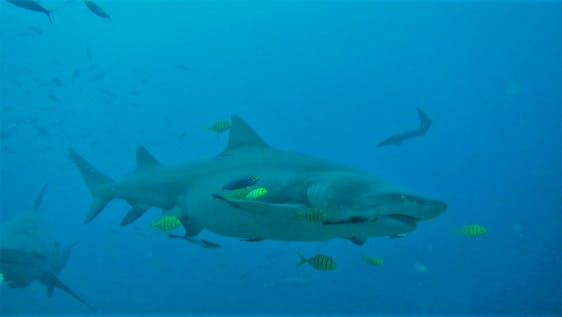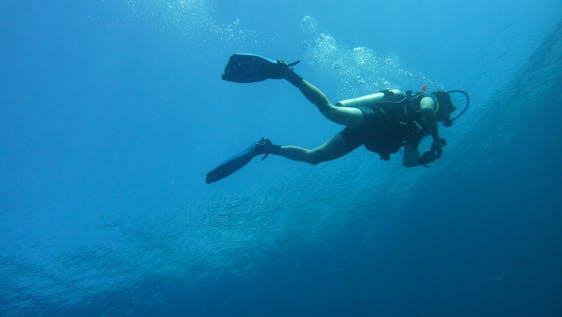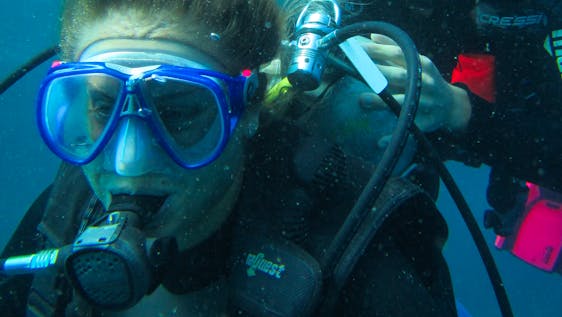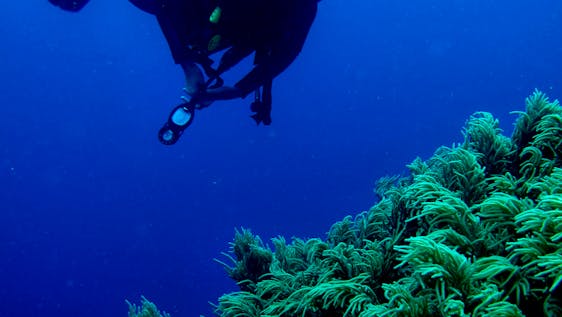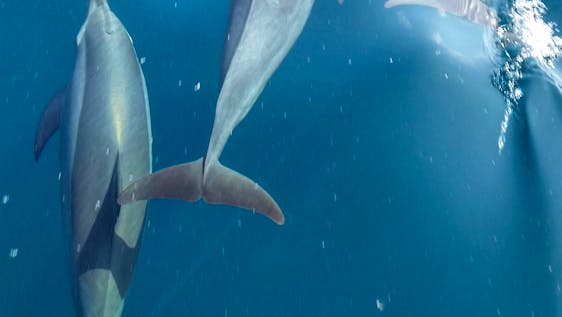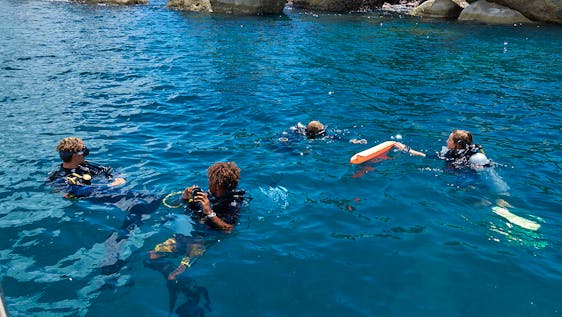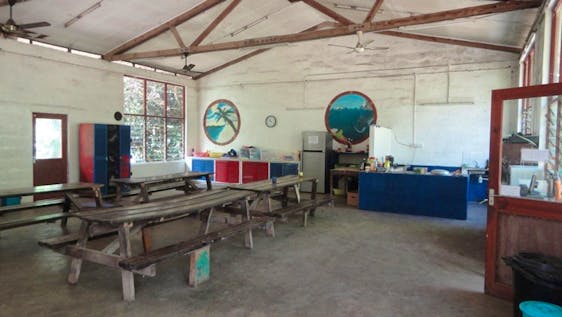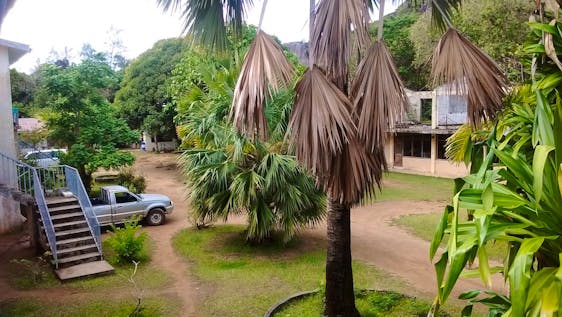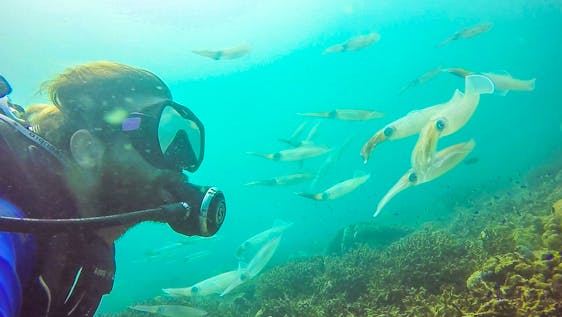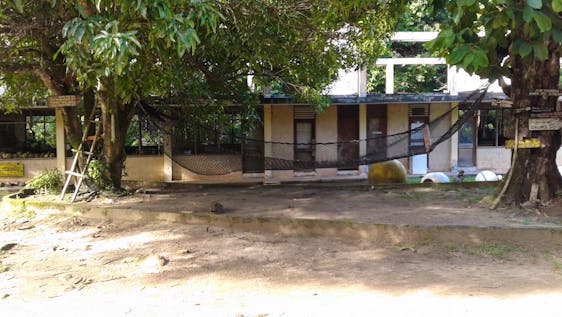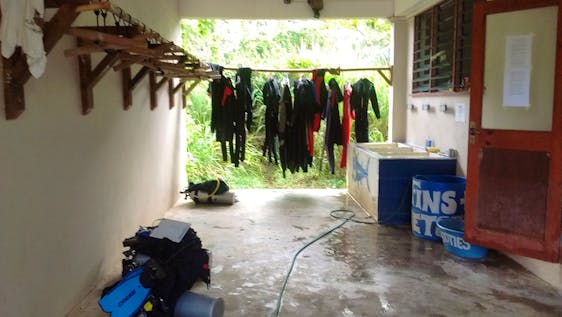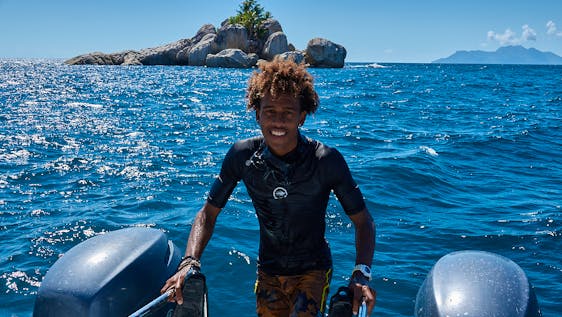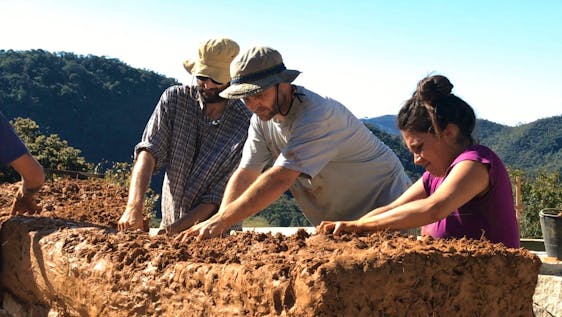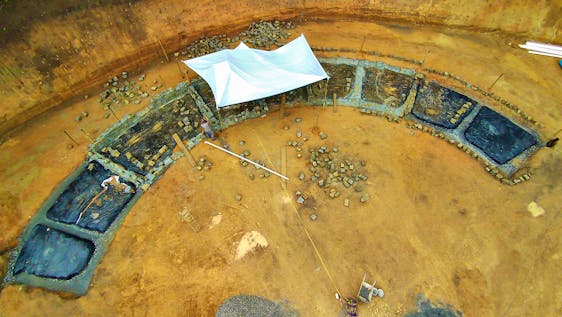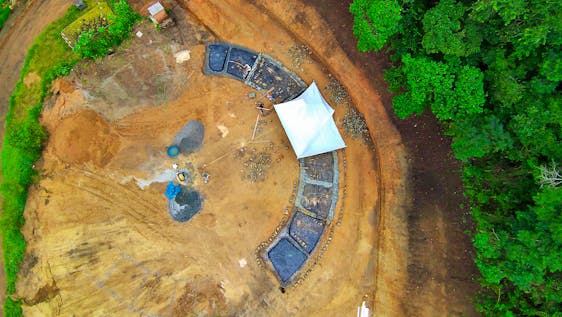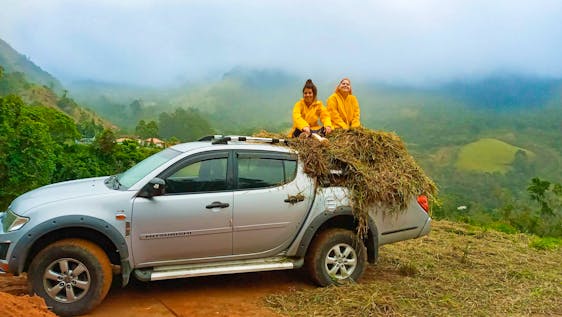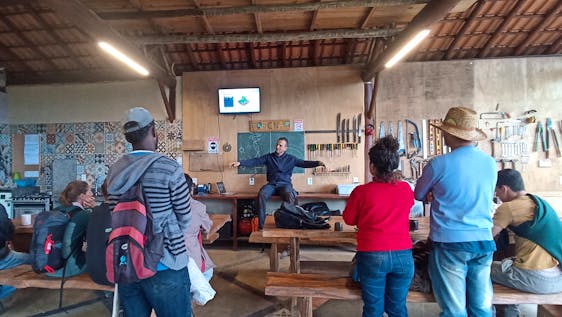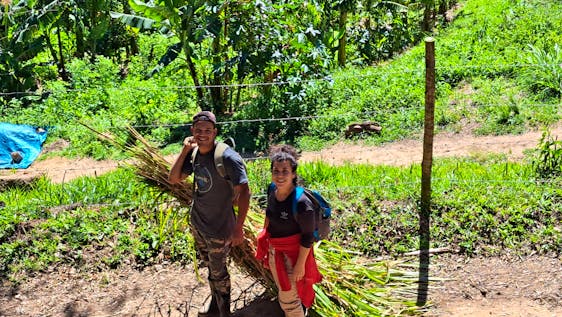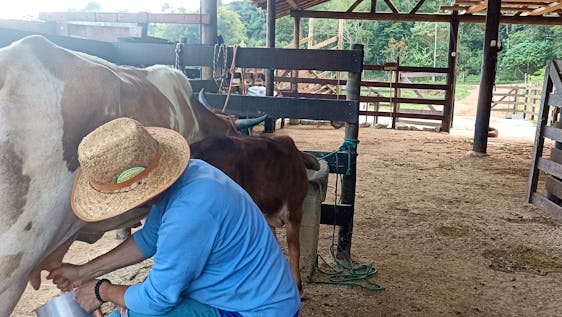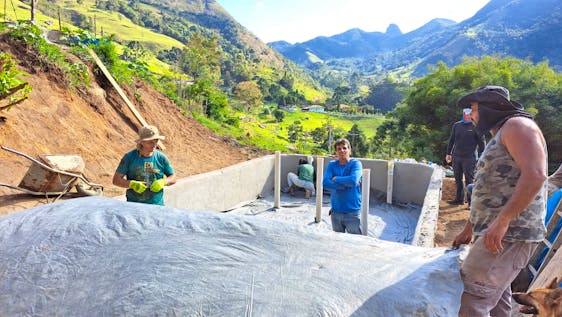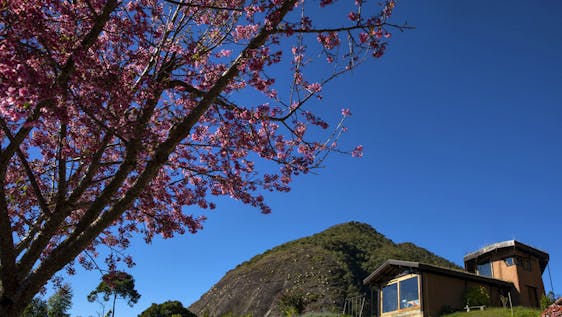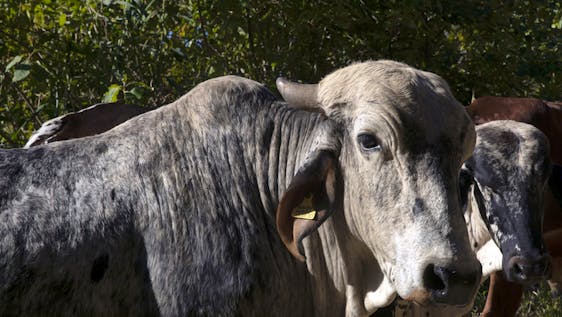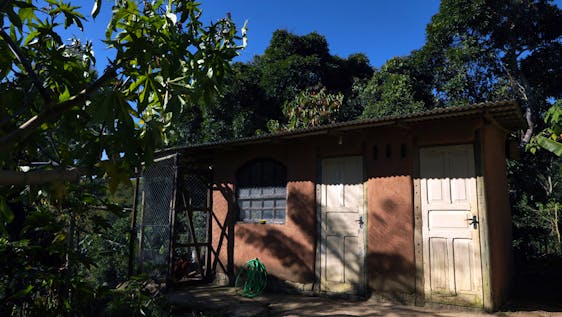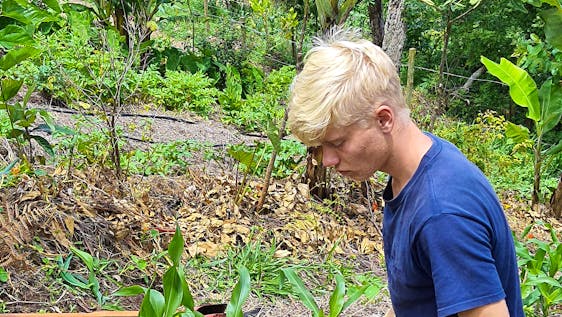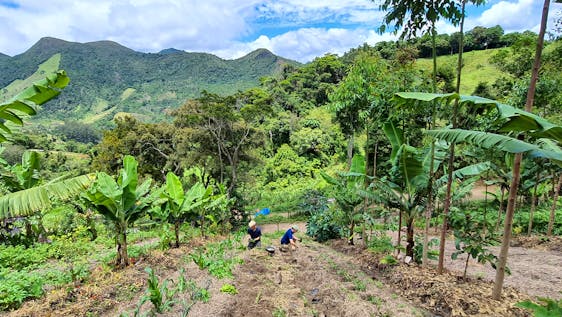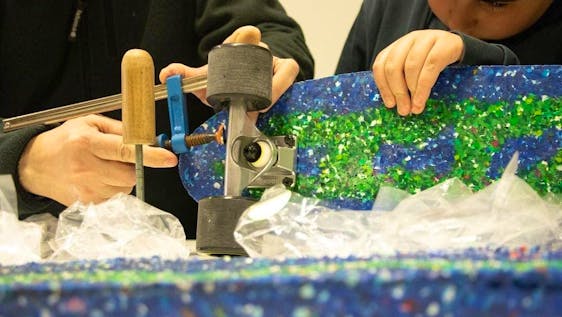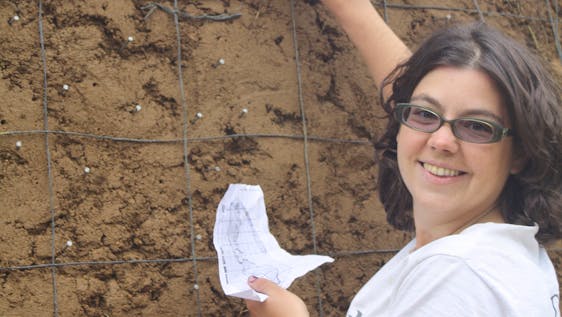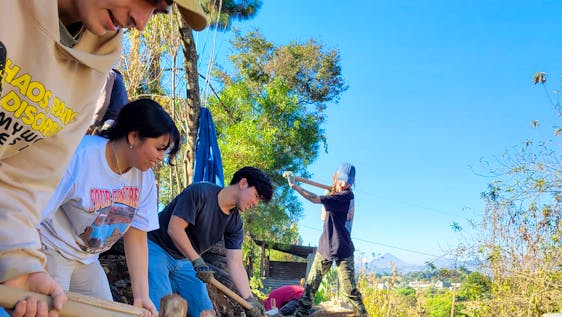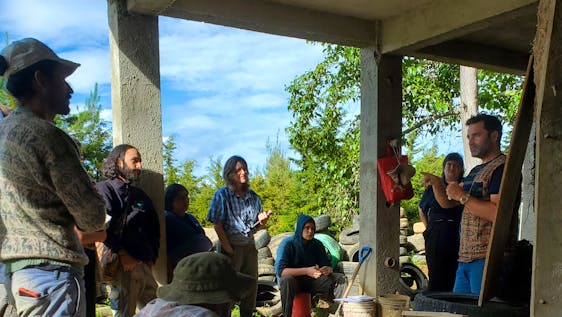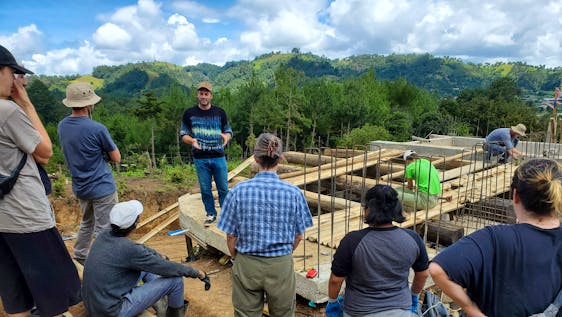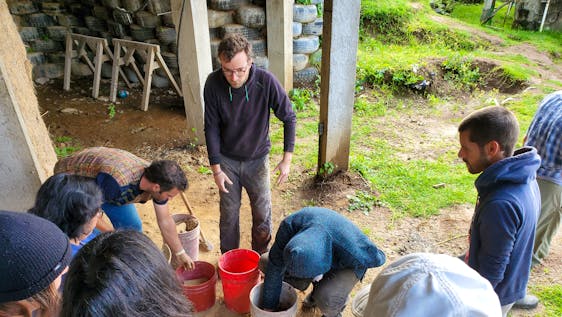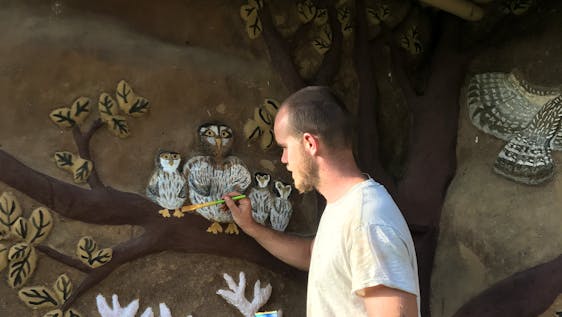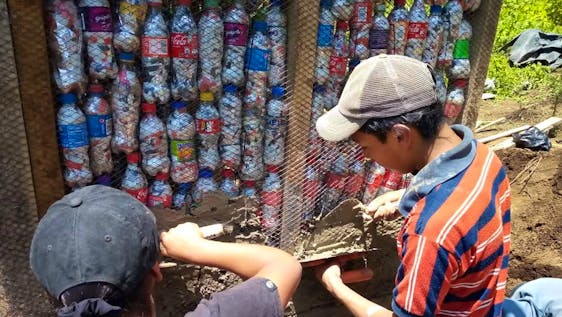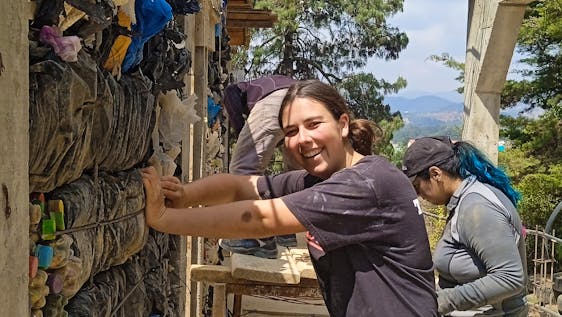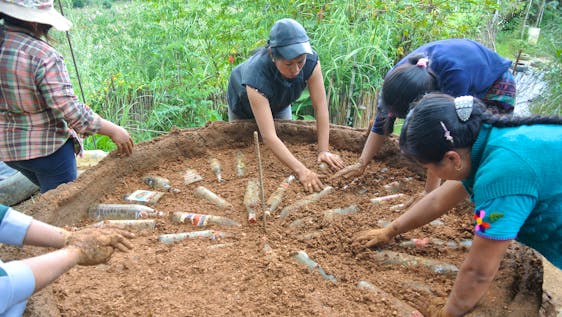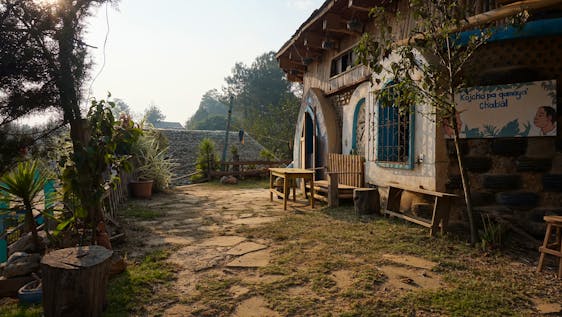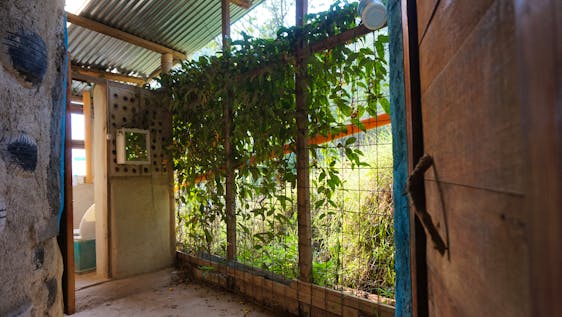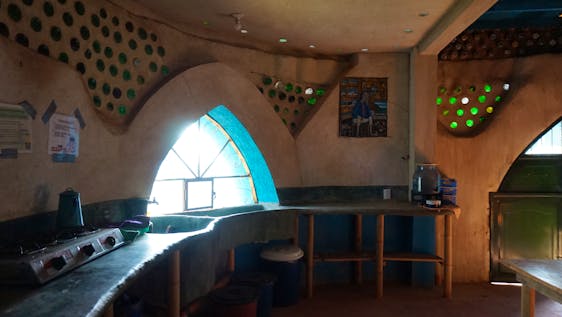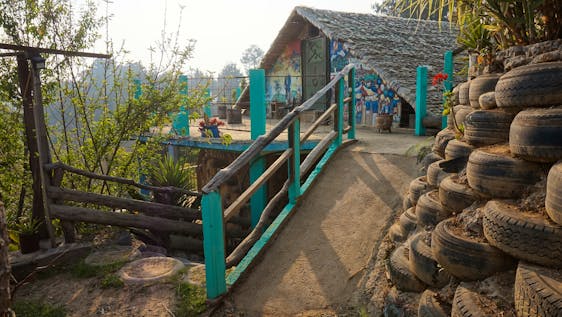Volunteer for Climate Change
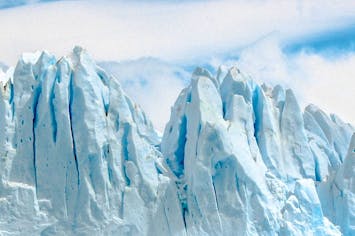
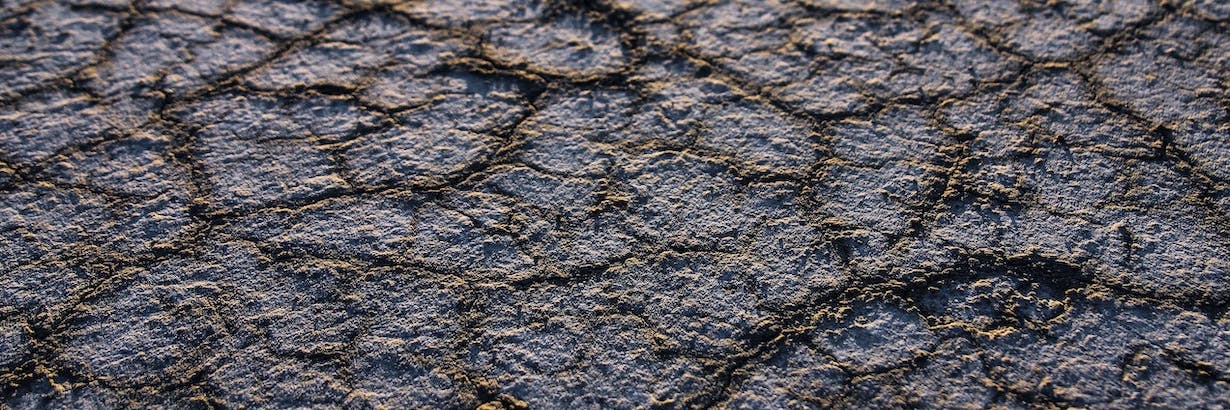
Volunteer Work for Climate Change
Climate change is a ‘hot’ topic nowadays. We are all witnesses of the continuous onset of natural disasters. We hear climatologists warn that the earth is nearing its point of no return. Climate change protests are a clear cry that people want to do something but they’re is paralyzed under the pressure of this daunting task. We’re all looking to others to solve the problem while the global warming time bomb leaves more and more casualties in its wake. Small initiatives done consistently by many people go a long way, however. This is your chance to make a dent. Join one of the many volunteer organizations focused on scaling back the frightful effects of global warming.
Before we go into the nitty-gritty, the following facts about climate change may give you some food for thought:
- 18 of the 19 warmest years on record occurred after 2000 according to Nasa
- Studies have shown that about 1% of the tree species in the Amazon account for 50% of the carbon in the region.
- The amount of carbon dioxide in the atmosphere has increased by more than a third since the industrial revolution. In 2015 it exceeded the 400 ppm mark. Something that hasn’t happened to the earth for millions of years.
- Coastal mangroves store up to 2-5x more carbon than tropical forests.
- According to WHO climate change is expected to be the cause of an additional 250,000 deaths a year between 2030 and 2050.
Climate Change status in 2025
What is climate change?
Climate change, also known as global warming is the name of the current warming trend of the earth. Over the past years, the average surface temperature of the earth has increased at an unprecedented pace. The warming trend of the past 50 years is twice as much as that of the past 100 years.
The cause of this sudden increase in global temperature is caused by greenhouse gasses in the earth’s atmosphere. These greenhouse gasses trap heat in the atmosphere where they can’t escape and are reabsorbed by the earth.
Although the earth’s climate has changed throughout history, scientists believe that the current warming trend is caused by human activity. Past changes in the earth’s climate were caused by variations in the earth’s orbit. This would either increase or decrease the amount of solar energy the earth was exposed to causing changes in global temperature and climate. The earth’s orbit at this point in time actually exposes the earth to less solar heat which is why scientists are so confident that the increase in global temperature is caused by human activity.
What exactly is the cause of climate change?
There are several factors at play but let’s tune into the most common causes that are contributing to global warming.
Fossil fuels
Fossil fuels like coal and gas are still one of the primary sources of energy in most parts of the world. Burning fossil fuels releases CO2 into the atmosphere which contributes to the greenhouse effect. The industrialization has triggered the increased use of fossil fuels. This started in the 1800s which is also when the amount of CO2 in the atmosphere started to increase significantly.
Deforestation and tree clearing
Trees have a very important role in the environment. Most importantly because they absorb CO2 and release oxygen. With large amounts of forests disappearing for agricultural purposes or through natural disasters like forest fires, there are fewer trees to absorb CO2. Therefore, the CO2 that isn’t absorbed by trees ends up in the atmosphere, increasing the greenhouse gasses and contributing to global warming.
Agriculture and farming
Livestock produces a lot of methane which is also a greenhouse gas while fertilizer often includes a greenhouse gas called Nitrous oxide. Both gasses are significant contributors to global warming. Sustainable agriculture and consumption will be the way to go if we want to decrease greenhouse gasses.
What are the biggest threats to the earth due to the effects of climate change?
We’ve all heard of the global effect of climate change mentioned in the news. Ice caps are melting at a frightening rate, certain plants and animals are relocating due to the change in climate, extreme weather conditions are becoming the norm and sea levels are on the rise.
Scientists are predicting an increase in global temperature in the decades to come. This will have a positive effect in some regions as they may become more fertile because of climate change. Other regions will suffer because of the change in temperature. The IPCC (intergovernmental panel on climate change) states that "the range of published evidence indicates that the net damage costs of climate change are likely to be significant and to increase over time.”
Let’s break down the main threats linked to climate change:
Temperatures will rise
Temperatures will continue to rise according to experts. The last decade has been the warmest one since the 1800s. Since 1960, the earth’s temperature has increased with 0.9 degrees Celcius. As a result, ice in both the north and south pole is melting, This is not only threatening the wildlife of these regions but increasing the sea level.
There’s a change in precipitation
Some parts of the world are experiencing heavy precipitation leading to floods while others are experiencing a lack of rain which is causing droughts. The effects of climate change are manifesting itself differently depending on the part of the world.
Increase in the frost-free period
The increase in global temperature is causing the frost-free period to lengthen. This is also known as the growing period. This is affecting agriculture and the unique ecosystems of the areas.
Droughts and heatwaves
Droughts and heat waves are predicted to become more intense while cold waves will be less frequent. By the end of this century, extreme heat days that happen once every 20 years will occur at a rate of once every 2 years. Droughts and heatwaves are a big threat to public health and the ecosystem.
Hurricanes
Hurricanes are making the news with more devastating effects ever more frequently. The intensity and frequency of hurricanes have increased since the 1980s and are expected to continue this trend in the years to come. The damage is catastrophic to all inhabitants of the affected region.
Ocean Warming & acidification
The ocean absorbs the heat from greenhouse gas emissions and distributes it across the earth. It also absorbs CO2 the way trees do and replaces it with oxygen. The increase in greenhouse gasses is increasing the water temperature which is affecting marine species and ecosystems because of the increase in acidity. The higher pH levels are bringing the marine ecosystem out of balance.
Arctic Ice and Glaciers
Arctic Ice and glaciers are diminishing at a shocking speed. Ice forms and melts in the ocean which doesn’t affect sea levels but has dreadful consequences for the wildlife that rely on it for its survival. Glaciers, on the other hand, are formed on land. When glaciers melt, the runoff significantly increases the amount of water in the ocean which of course contributes to the rise in sea levels.
Global sea levels
Global sea levels are on the rise due to thermal expansion. Ocean warming and melting of the ice and glaciers are causing sea levels to rise which is affecting coastal regions immensely.
How do we combat climate change?
There’s no denying that everyone in the world has been affected by the effects of climate change in one way or another. Unfortunately, those less fortunate have been affected the worst. We’ve gone through a long list of causes and effects of climate change but let’s also look at some actions that will need to be taken to take on the challenge of limiting the temperature increase to 1,5 degrees celsius.
Renewable energy sources
The continued use of fossil fuels since the 19th century has increased the level of greenhouse gasses incredibly. Renewable energy sources will be the way to go to decrease greenhouse gasses. These are some of the renewable energy sources we can turn to:
- biomass
- hydropower
- wind
- solar
- geothermal
Joint effort
All countries and developing countries, in particular, need to have access to affordable sustainable solutions that will not stunt their economic growth. Solutions will come from a joint effort between countries which will make it necessary for countries to work together. One of the first initiatives around climate change was in 2016 where 183 countries ratified the Paris agreement to combat climate change. The UN has established 17 Sustainable Development Goals which are necessary to attain a sustainable future. Building awareness about climate change is SDG 13.
Vehicle Fuel Efficiency
Various means of transport that rely on fossil fuel will need to become more efficient in their usage. The uprise of electrical vehicles will decrease greenhouse emissions.
Reduce deforestation
Forests are the lungs of the earth and turn CO2 into oxygen. The world needs to reduce deforestation in order to combat global warming.
Cattle and Livestock
Decreasing the amount of livestock will benefit the excretion of methane in the air. Transforming people’s diets toward a more plant-based diet will also help combat the global warming trend.
How does climate change impact animals?
All species on the planet are affected by climate change. Some go as far as saying that if nothing is done to decrease the global temperature, about a quarter of the land animals, birds and plants will become extinct.
Here are a few examples of how climate change is affecting animals on the planet:
- Birds are laying their eggs earlier
- Mammals come out of hibernation sooner than they did before
- The distribution of animals is changing and moving closer to the poles
- Birds are migrating and arriving at their nesting grounds earlier or not traveling as far. Some don’t even leave anymore because the climate is suitable all year.
- The rise in sea level is the main cause for sea turtles to lose their nesting beaches.
- Shallow coastal areas are disappearing due to the rise in sea level which is threatening the reproduction of seals, whales, and dolphins.
- The change in rainfall patterns has led to dams being raised to avoid flooding which is affecting migratory fish and mammals that swim upstream to breed and spawn.
- Oceans have become 40% more acidic which is affecting marine life and dissolving the shells of sea creatures.
How is the environment affected by climate change?
Everyone has witnessed the impact of climate change if it’s not through the disastrous news, you’ve experienced it first hand.
Most people have noticed that the weather has become more extreme. Heatwaves are more frequent and the increased rate of evaporation is causing tougher storms and more disastrous hurricanes.
Frozen water on the earth is melting at an incredible pace which is raising the sea level. The decreased amount of ice and increase in water is enabling the ocean to absorb more heat. This, in turn, encourages the vicious cycle of more ice melting.
Rising sea levels are making storms capable of greater damage, especially in coastal regions.
Arid areas, on the other hand, are facing more droughts and wildfires.
Needless to say, the impact of global warming is far-reaching. Nothing on this planet is unaffected by it and the effects will only exacerbate if no action is taken to dial back the warming trend of the global temperature.
How is climate change affecting us?
The extreme weather conditions are affecting people all around the world. Whether it’s floods, droughts, heatwaves or heavy storms, the devastating effects are affecting people’s livelihood. Storms and floods are destroying people’s houses, droughts are affecting agriculture and causing people to starve. Heatwaves are a serious health threat, especially to the elderly. The effects of climate change aren’t limited to the environment. The social-economical impact of climate change is huge.
Which countries are affected the worst?
Developing countries are at the greatest risk of the effects of climate change. Although they have contributed the least to the onset of it, the inhabitants of these regions are the ones who will pay the price. Countries in the Pacific regions are highly exposed to natural disasters such as:
- cyclones
- floods
- bush fires
- rising sea levels
The countries facing the highest risk ranked in descending order are the following:
Developing countries generally have lower coping capacities to deal with natural disasters which makes it increasingly tragic.
It’s not only coastal regions that will suffer, however. The population of Sub Saharan Africa is expected to double by 2050. This region will need to manage their population growth in a climate-sensitive context. As more extreme weather conditions like droughts and floods threaten agriculture, global warming is expected to have a significant impact on some of the poorest regions of the world. Regions that haven’t really contributed to climate change as the developed world has.
What can I do as a climate change volunteer?
Tackling climate change is going to be a joint effort requiring the collaboration and dedication of every country. That doesn’t mean that smaller actions go unnoticed or don’t have an impact. By volunteering and contributing to a cause, you can set an example for others to do the same. You may be wondering what you can do to contribute to climate change.
The options are endless! The volunteer world platform is abundant with opportunities all around the world where you can make a meaningful contribution to counteract the impact of climate change. Here are a few options:
Marine Research and Protection
Marine wildlife is important to maintain the ecological balance. While oceans are warming up, lots of marine life is becoming threatened.
Coral Protection
Coral reefs are some of the most biodiverse organisms on our planet and similar to the rainforests, absorb a lot of CO2. Due to the warming and acidification of the oceans, coral bleaching is a major threat to the organisms.
(Rain)forest conservation
Forests are the lungs of the earth transforming CO2 into oxygen. Protecting (rain)forests is the best way to directly combat climate change.
Renewable Energy
Projects focused on introducing renewable energy initiatives worldwide are incredibly valuable to reduce the carbon footprint of a society.
Waste management
Waste is suffocating the earth with plastic that is killing wildlife. Introducing sustainable waste management and cleaning up beaches and oceans that are covered in plastic waste, will decrease the disruption of the ecosystem.
Sustainable Agriculture
Agriculture is a major contributor to climate change. Introducing sustainable techniques is necessary, especially in rural areas where the population is expected to grow in the coming years.
Mangrove Conservation
Mangroves absorb CO2 at an astonishing rate that rainforests can’t even keep up with. Maintaining these topnotch air purifiers is essential to containing global warming.
Education on environmental
The best way to make an impact is to educate others on the importance of the environment and how everything is interrelated. Global awareness will allow people to take collective action.
5 Benefits of volunteering for climate change
People
By volunteering for climate change, you will be working with others that share similar values. It’s a wonderful opportunity to connect with others from around the world who are also passionate about the environment and sustainability.
Personal Growth
Volunteering is a major step toward personal growth. It’s an opportunity to learn about new cultures and the world but you will also learn a lot about yourself. Rest assured that your volunteer experience won’t go unnoticed by future employers.
Purpose
Many people, especially in developed regions, struggle with finding purpose and meaning in life. Contributing to a cause that will benefit others is one of the best ways to establish meaning in your life. You’ll feel proud to be part of something that will make an impact and proud of yourself for showing up and putting in the work.
Travel
Volunteering is an excellent way to see parts of the world you’d never get to explore as a tourist. It will bring you to some of the most remote places in the world and you’ll be doing it in a sustainable way. Tourism is often very disruptive to the environment so volunteering for climate change projects is a very sustainable way to travel.
Impact
Volunteering will allow you to have an impact on the world you live in. Whether you’re volunteering for animals, the environment or teaching the local community, your efforts will have a ripple effect, however small they may be.
We have only covered the tip of the iceberg here. There’s an abundance of information on climate change out there that will inform you about the intricacies. There are also plenty of programs available that give you the opportunity to do your part in counteracting the effects of climate change.
Take the first step toward doing something meaningful, a small one. Go ahead and take a look at the different climate change volunteer projects worldwide. We’re positive you’ll find one that resonates with you and will inspire you to contribute to turning around this global issue.
 Activities
Activities
 Waste Reduction
Waste Reduction
 Environment
Environment
 Ocean Cleaning
Ocean Cleaning
 Plastic Reduction
Plastic Reduction
 Beach Cleaning
Beach Cleaning
 Vegan
Vegan
 Conservation Work
Conservation Work
 Europe
Europe
 Hotspots
Hotspots
 Iceland
Iceland
 Northern Europe
Northern Europe
 Planting Trees
Planting Trees
 Reykjavik
Reykjavik
 Marine Conservation
Marine Conservation
 Coral Reef
Coral Reef
 Diving
Diving
 PADI Divemaster
PADI Divemaster
 Plant Conservation
Plant Conservation
 Snorkeling
Snorkeling
 Asia
Asia
 South East Asia
South East Asia
 Philippines
Philippines
 Diving certificate
Diving certificate
 Americas
Americas
 Central America
Central America
 Families with small kids
Families with small kids
 Costa Rica
Costa Rica
 South America
South America
 Brazil
Brazil
 Green Sea Turtle
Green Sea Turtle
 Sea Turtle Conservation
Sea Turtle Conservation
 Melanesia
Melanesia
 Fiji
Fiji
 Oceania
Oceania
 Premium
Premium
 Ecological Farming
Ecological Farming
 Agriculture
Agriculture
 Ecological Building
Ecological Building
 Construction
Construction
 Community
Community
 Africa
Africa
 Western Africa
Western Africa
 Ghana
Ghana
 Eastern Africa
Eastern Africa
 Seychelles
Seychelles
 Marine Life
Marine Life
 Animal
Animal
 Yoga
Yoga
 Hiking
Hiking
 Reforestation
Reforestation
 Southern Europe
Southern Europe
 Madagascar
Madagascar
 Portugal
Portugal
 Intern Abroad
Intern Abroad
 Building Schools
Building Schools
 Guatemala
Guatemala
 Energy and Water
Energy and Water
